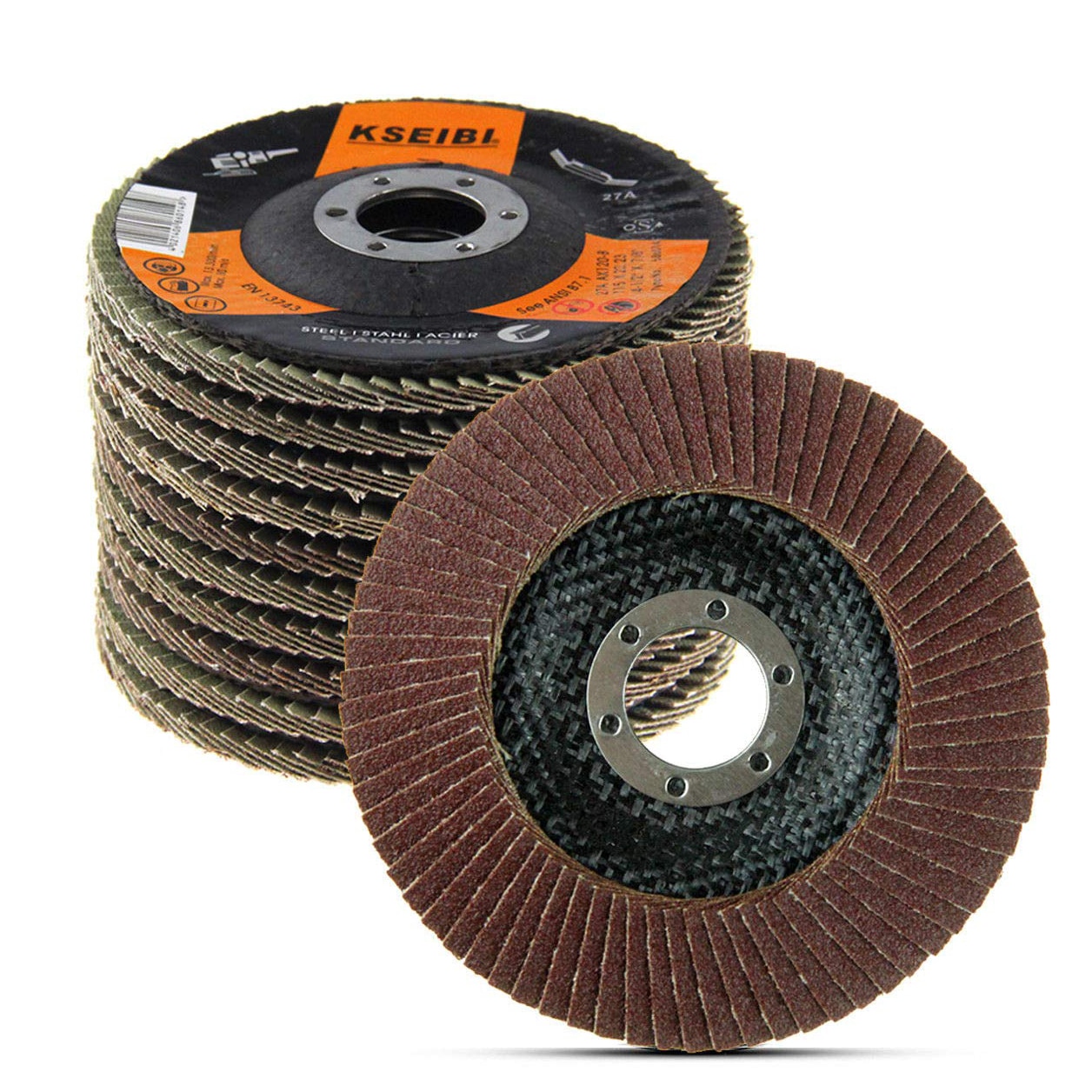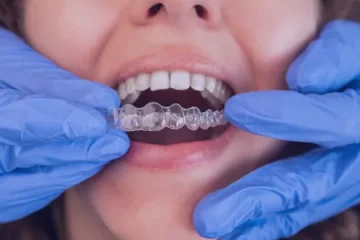Diamond grinder wheels are essential tools in many industrial applications, renowned for their efficiency, precision, and durability. However, to maintain their optimal performance and extend their lifespan, proper maintenance and care are crucial. This article will provide comprehensive guidelines on the maintenance and care of diamond grinder wheels, ensuring they continue to deliver high-quality results in professional settings.
1. Introduction to Diamond Grinder Wheels
Diamond grinder wheels are cutting tools that feature industrial diamonds embedded on the grinding surface. These wheels are used in various industries, including metalworking, construction, and manufacturing, for tasks such as grinding, cutting, and finishing hard materials. The superior hardness and abrasion resistance of diamond make these wheels highly efficient and long-lasting compared to traditional abrasive wheels.
Key Characteristics:
- High Precision: Diamond wheels can achieve extremely fine finishes and tight tolerances.
- Durability: The hardness of diamond ensures a longer lifespan even under rigorous use.
- Efficiency: Diamond wheels can grind materials faster and with less force, improving overall productivity.
2. Importance of Maintenance and Care
Proper maintenance and care of diamond grinder wheels are essential for several reasons:
- Longevity: Regular maintenance extends the life of the wheel, providing better value for investment.
- Performance: Well-maintained wheels perform more efficiently, resulting in higher quality work.
- Safety: Properly cared-for wheels reduce the risk of accidents caused by wheel failure.
- Cost Savings: Maintaining wheels reduces the need for frequent replacements, saving costs in the long run.
3. Types of Diamond Grinder Wheels
Understanding the different types of diamond grinder wheels can help in applying the correct maintenance practices. The main types include:
Resin Bond Diamond Wheels
These wheels use a resin bond to hold the diamond particles in place. They are suitable for fine grinding and finishing applications, particularly for hard and brittle materials.
Metal Bond Diamond Wheels
These wheels feature a metal bond, typically bronze, to hold the diamonds. They are known for their durability and are used for heavy-duty grinding tasks.
Vitrified Bond Diamond Wheels
These wheels use a vitrified bond made of glass or ceramic. They offer high precision and are used in applications requiring tight tolerances and high surface quality.
Electroplated Diamond Wheels
These wheels have a single layer of diamond particles bonded to the wheel surface using a nickel coating. They are used for applications requiring a sharp cutting edge and high material removal rates.
4. Routine Maintenance Practices
Regular maintenance is crucial to keep diamond grinder wheels in top condition. The following practices should be part of a routine maintenance schedule:
Cleaning
Cleaning the wheel after each use removes debris and prevents the buildup of materials that can affect performance.
- Method: Use a wire brush or a dedicated grinding wheel cleaning stick to remove debris from the wheel surface. For thorough cleaning, use a solvent recommended by the wheel manufacturer.
- Frequency: After every use or at the end of each shift.
Inspection
Regular inspections help identify wear and damage early, preventing potential failures.
- Method: Visually inspect the wheel for cracks, chips, or uneven wear. Check the bond material for any signs of degradation.
- Frequency: Before each use and during regular maintenance intervals (weekly or monthly).
Dressing
Dressing the wheel restores its cutting ability by removing worn-out abrasive material and exposing fresh diamond particles.
- Method: Use a diamond dresser or a dressing stick compatible with the wheel type. Follow the manufacturer’s instructions for the correct dressing technique.
- Frequency: Depending on usage, typically after every few hours of grinding or when performance decreases.
5. Storage and Handling
Proper storage and handling are crucial to maintaining the integrity of diamond grinder wheels.
Storage Guidelines
- Environment: Store wheels in a dry, cool place away from direct sunlight and moisture.
- Position: Store wheels flat or in an upright position, supported to prevent warping.
- Protection: Keep wheels in their original packaging or use protective covers to prevent damage.
Handling Guidelines
- Avoid Dropping: Handle wheels with care to avoid dropping or striking them against hard surfaces.
- Use Proper Tools: Use appropriate lifting tools and techniques to handle heavy wheels.
- Identification: Label wheels with their usage history and maintenance records to track their condition.
6. Troubleshooting Common Issues
Even with proper maintenance, diamond grinder wheels can encounter issues. Here are some common problems and their solutions:
Wheel Glazing
Symptom: The wheel surface becomes smooth and shiny, reducing its cutting ability.
Cause: Grinding too hard materials, using inappropriate speeds or feeds.
Solution: Dress the wheel to expose fresh abrasive particles and adjust the grinding parameters.
Wheel Loading
Symptom: The wheel becomes clogged with material, reducing its effectiveness.
Cause: Grinding soft or gummy materials without sufficient coolant or improper dressing.
Solution: Clean the wheel and ensure adequate coolant flow. Use a softer bond wheel if necessary.
Wheel Cracking
Symptom: Visible cracks or fractures on the wheel surface.
Cause: Excessive force, improper mounting, or handling.
Solution: Discard cracked wheels immediately. Ensure proper mounting and handling procedures.
Uneven Wear
Symptom: The wheel wears unevenly, affecting performance and accuracy.
Cause: Incorrect alignment, improper dressing, or using the wrong wheel type.
Solution: Check alignment and mounting procedures. Dress the wheel regularly and use the appropriate wheel for the material.
7. Best Practices for Using Diamond Grinder Wheels
Following best practices during the use of diamond grinder wheels ensures optimal performance and longevity.
Correct Wheel Selection
Choose the right wheel type and specification for the material and application. Consider factors such as bond type, grit size, and concentration.
Proper Mounting
Ensure the wheel is correctly mounted on the grinder. Use flanges and mounting hardware recommended by the manufacturer. Avoid overtightening, which can cause stress and damage.
Speed and Feed Rates
Adhere to the recommended operating speeds and feed rates. Excessive speeds or feeds can lead to wheel damage and poor performance.
Coolant Use
Use an appropriate coolant to reduce heat and prevent wheel glazing and loading. Ensure the coolant is clean and properly directed at the grinding zone.
Regular Dressing
Dress the wheel regularly to maintain its cutting efficiency and prevent glazing. Follow the manufacturer’s guidelines for dressing intervals and techniques.
Monitoring and Adjustment
Continuously monitor the grinding process and make necessary adjustments to speed, feed, and coolant flow to maintain optimal performance.
8. Conclusion
Diamond grinder wheels are valuable assets in professional metalworking and manufacturing applications. Their performance and lifespan depend significantly on how well they are maintained and cared for. By following the guidelines outlined in this article—ranging from regular cleaning and inspection to proper storage and handling—you can ensure that your diamond grinder wheels deliver consistent, high-quality results and provide excellent value for your investment. Whether you are a seasoned professional or new to using diamond grinder wheels, incorporating these maintenance practices into your routine will help you achieve the best possible outcomes in your work.


